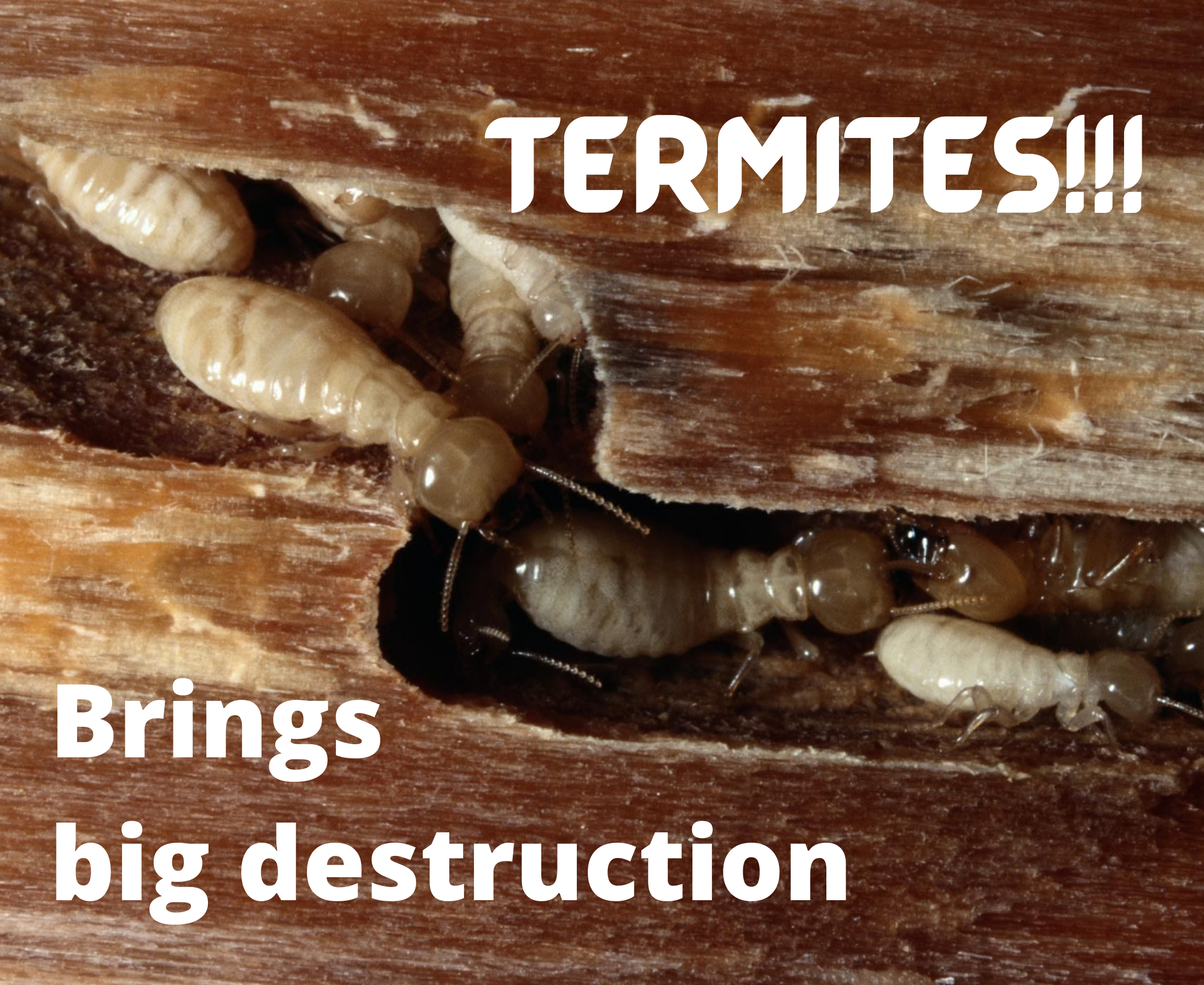Eco Bed Bug Exterminators Dc Fundamentals Explained
Wiki Article
The 10-Minute Rule for Eco Bed Bug Exterminators Dc
Table of ContentsA Biased View of Eco Bed Bug Exterminators DcThe Best Guide To Eco Bed Bug Exterminators DcRumored Buzz on Eco Bed Bug Exterminators DcFascination About Eco Bed Bug Exterminators DcEco Bed Bug Exterminators Dc Things To Know Before You Buy
Because chemicals are hazardous, they are likewise potentially dangerous to human beings, animals, various other microorganisms, and the atmosphere. For that reason, individuals who utilize pesticides or on a regular basis been available in call with them must understand the loved one toxicity, possible health and wellness results, and preventative actions to decrease direct exposure to the products they use. Danger, or risk, of using pesticides is the capacity for injury, or the level of threat associated with utilizing a chemical under an offered collection of problems.
Nonetheless, applicators can lessen or almost remove exposure-- and hence minimize threat-- by following the label directions, making use of personal protective clothes and tools (PPE), and handling the chemical correctly. For instance, even more than 95 percent of all pesticide direct exposures originate from facial direct exposure, mainly to the hands and lower arms. By using a pair of unlined, chemical-resistant gloves, this kind of exposure can be virtually removed.
The hazardous effects that happen from a solitary direct exposure by any course of access are labelled "intense impacts." The four courses of direct exposure are dermal (skin), breathing (lungs), dental (mouth), and the eyes. Acute toxicity is identified by examining the facial toxicity, inhalation toxicity, and oral poisoning of examination pets.
Get This Report about Eco Bed Bug Exterminators Dc
Severe poisoning is measured as the quantity or focus of a toxicant-- the a.i.-- required to eliminate half of the pets in an examination population. This step is normally expressed as the LD50 (deadly dosage 50) or the LC50 (lethal focus 50). Additionally, the LD50 and LC50 worths are based upon a single dose and are recorded in milligrams of chemical per kilogram of body weight (mg/kg) of the examination animal or partly per million (ppm).The reduced the LD50 or LC50 value of a chemical product, the higher its poisoning to human beings and animals. Chemicals with a high LD50 are the least harmful to human beings if utilized according to the instructions on the item tag. The chronic poisoning of a pesticide is established by subjecting test pets to long-term direct exposure to the energetic component.
The persistent poisoning of a pesticide is harder than intense toxicity to establish via research laboratory evaluation. Products are categorized on the basis of their relative severe poisoning (their LD50 or LC50 worths). Pesticides that are categorized as very toxic (Toxicity Group I) on the basis of either dental, facial, or inhalation poisoning must have the check my source signal words risk and toxin published in red with a head and crossbones icon prominently displayed on the front panel of the package tag.
The acute (single dosage) dental LD50 for pesticide products in this group varies from a trace quantity to 50 mg/kg. Direct exposure of a couple of decreases of a material taken orally can be deadly to a 150-pound individual. https://4zy4sjgaf2e.typeform.com/to/BqfDIKbu. Some chemical items have just the signal word risk, which tells you nothing about the acute poisoning, simply that the product can cause extreme eye damages or serious skin irritability
An Unbiased View of Eco Bed Bug Exterminators Dc
In this classification, the severe dental LD50 varieties from 50 to 500 mg/kg. A teaspoon to an ounce of this material could be deadly to a 150-pound person (bed bug treatment). Chemical products identified as either slightly hazardous or reasonably safe (Poisoning Categories III and IV) are called for to have the signal word care on the chemical label
All pesticide toxicity chemical, including the Consisting of, can be found on located product's Material Safety Product Security (MSDS). Chemical tags and MSDS can be obtained from stores or manufactures - https://www.metal-archives.com/users/ecobedbug3xt. The symptoms of pesticide poisoning can vary from a mild skin irritation to coma or also fatality.
Since of possible health and wellness problems, chemical users and handlers must recognize the typical indicators and signs of chemical poisoning. The impacts, or signs, of chemical poisoning can be generally specified as either topical or systemic.
How Eco Bed Bug Exterminators Dc can Save You Time, Stress, and Money.
Dermatitis, or inflammation of the skin, is accepted as the most generally reported topical effect associated with chemical direct exposure. Some individuals have a tendency to cough, hiss, or sneeze when revealed to pesticide sprays.
This symptom usually subsides within a few minutes after an individual is removed from the exposure to the toxic irritant. Nevertheless, a response to a pesticide product that causes someone not only to sneeze and cough however likewise to develop extreme acute respiratory system signs is most likely to be a real hypersensitivity or allergy.
Systemic impacts are fairly different from topical impacts. They typically take place away from the initial point of call as an outcome of the chemical being soaked up into and distributed throughout the body.
Report this wiki page